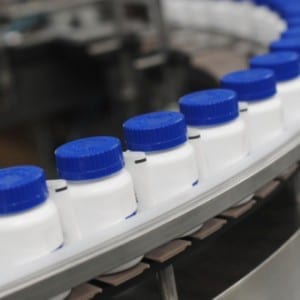
That’s because manufacturing failures, breakdowns or slow downs result in drug shortages. In fact, the Food and Drug Administration (FDA) reports that 65% of all drug shortages are caused by manufacturing and quality issues. And if drugs aren’t available to the people who need them, drastic doesn’t even begin to describe the effects on the patient. So the FDA is working with pharma manufacturers to make significant improvements. One thing they are doing is reaching out to other industries, including electronics, chemicals and automotive, to find best practices that are transferrable to pharma and are helping drug manufacturers adopt the ideas and principles that are working elsewhere, the FDA Voice reports. “The FDA is reaching out to other industries, including electronics, chemicals and automotive, to find best practices transferable to pharma.” Among those best practices, according to McKinsey, are the use of advanced analytics, sensors, automation (Internet of Things) and 3D printing. One pharmaceutical company, in fact, has even tested using 3D technology to print Spritam—an epilepsy drug. Aprecia, the manufacturer of Spritam, has exclusive rights to utilize Powder-liquid 3DP, a 3D printing technology developed by MIT in the 1980s. The technique enables the company’s ZipDose delivery platform. By printing a tablet consisting of layers of powder, Aprecia drugs can achieve a high degree of dissolvability in liquid. Aprecia recently received a $35 million round of funding to scale up its 3D process. Novartis will likely introduce automation into its R&D and manufacturing facility as it works to reduce costs by another $1 billion over the next four years. Novartis is planning to centralize its manufacturing operations across divisions into a single technical operations unit, according to FiercePharmaManufacturing. Meanwhile the pharma industry overall, unlike some other sectors, is at the very beginning stages of digital transformation, McKinsey says. To […]


